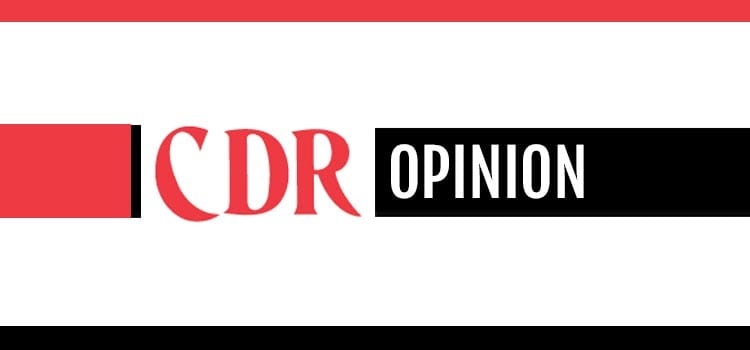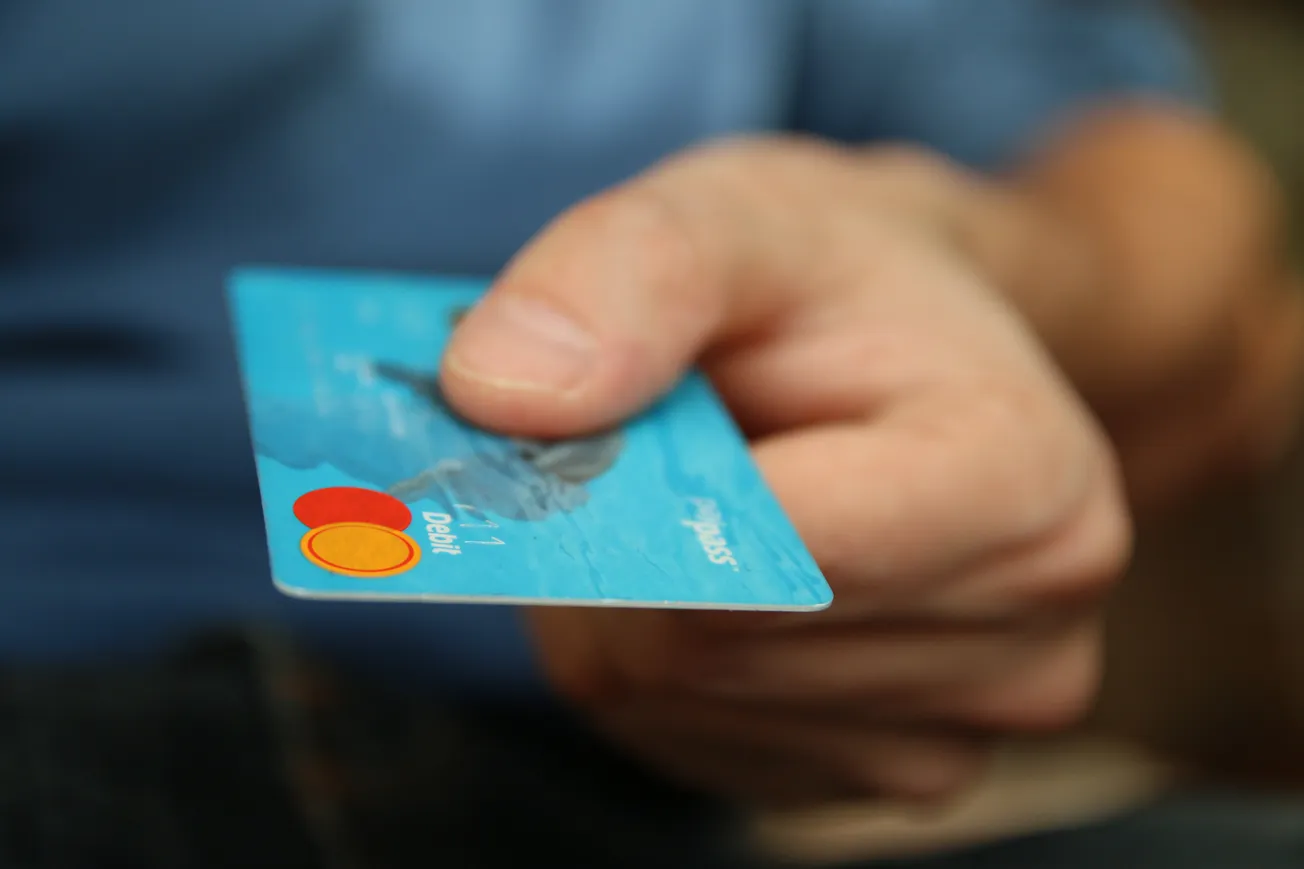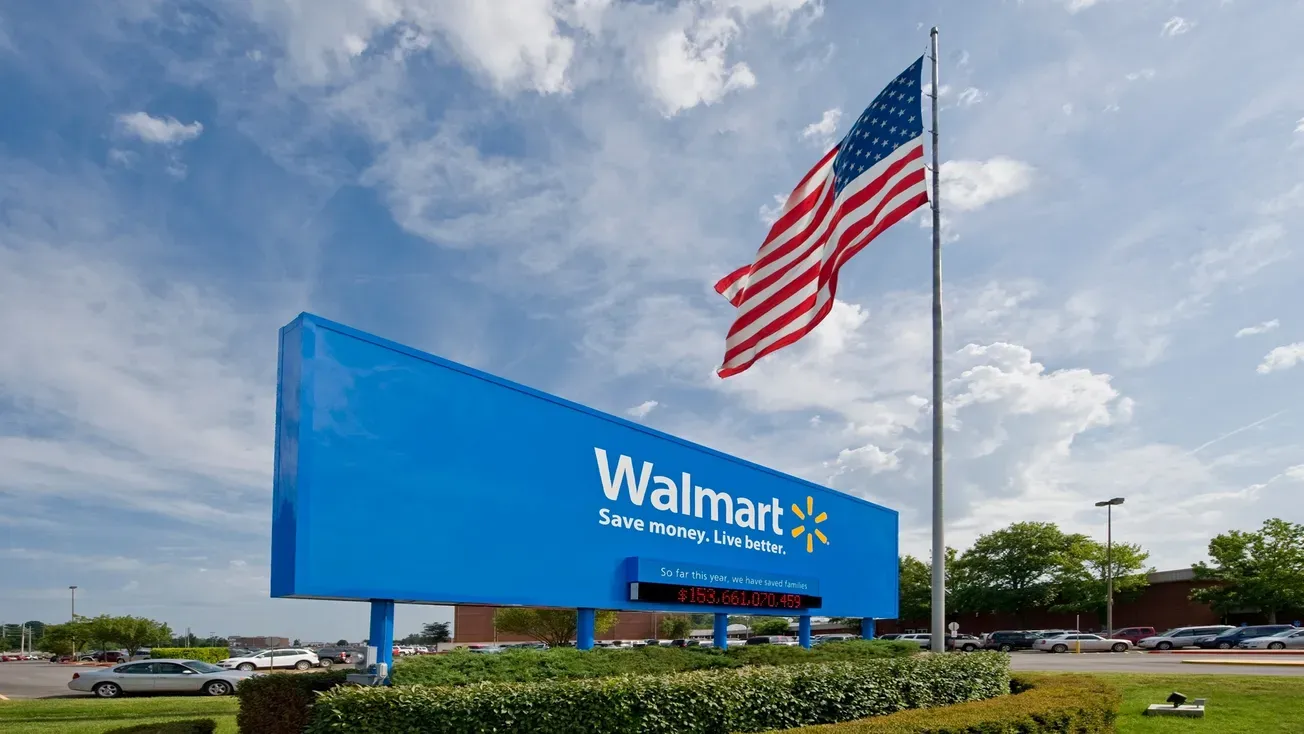We all know the aging of the U.S. population is one of the biggest demographic changes of our era. This is presenting not only challenges to health care providers and governments but also opportunities for new technologies that deliver health services more efficiently, more effectively or faster.

Deborah Weinswig, Fung Global Retail & Technology
Here, we outline some key health tech innovations and our thoughts about the future of this fast-developing market.
How big is the aging issue?
First, let us run through some numbers that illustrate the global scale of the aging issue:
• The global population of those age 60 and older is expected to grow from 901 million in 2015 to 1.4 billion in 2030, according to the United Nations.
• Fung Global Retail & Technology estimates that the 60-plus population accounted for nearly $1.3 trillion in health care spending globally in 2015. This is expected to almost triple over the next 15 years, to $3.5 trillion worldwide in 2030.
• We estimate that seniors’ share of total global health care spending will rise from around 16% in 2015 to approximately 22% in 2030.
The growth in the aging population raises the prospect of much higher health care cost burdens — whether those burdens fall on governments or health care companies (and, in turn, on taxpayers or on customers).

The cost problem is most acute in the U.S., where health care spending as a share of GDP is already by far the biggest in the world: As a share of economic output, the U.S. spends about 50% more on health care than the second-highest spender, the Netherlands, according to the Organization for Economic Co-operation and Development. Because the U.S. market is so large, we see big opportunities for tech.
Top 5 health care technologies
We are currently seeing massive research and development in the health tech market, including by some big pharmaceutical firms that are teaming with tech firms to bring new products to market. Here is a rundown of five of the latest technologies that deliver real innovation to health care provision:
• Pharmaceutical giant Novartis collaborated with mobile technology firm Qualcomm to develop a smart inhaler for patients diagnosed with chronic obstructive pulmonary disease (COPD), which mostly affects people in their later years. The smart inhaler helps a patient self-administer the prescribed drugs by detecting and recording real-time usage data. This data is transmitted to the patient’s smartphone and the Novartis app, through which health care providers can access it.
• Mocaheart by MocaCare tracks the user’s heart rate and cardiovascular health. The user places his or her thumb on a sensor on the device, which measures the user’s blood flow velocity. The device then uses the blood flow velocity to calculate heart rate, blood oxygen levels and cardiovascular health, displaying the information on the user’s smartphone.
• UnaliWear’s Kanega voice-controlled wristband comes with many functions that are not available on the typical fitness tracker. It provides medication reminders to the wearer, including how each dose should be taken. If vulnerable wearers wander off, it tells them how to get home, and if they need assistance, the wristband communicates with an operator who can arrange for help.
• BodyGuardian Remote Monitoring System is a small wireless device that is fixed to a patient’s chest with a medical-grade adhesive gel. It records real-time readings of a user’s average heart rate, breaths per minute, activity level and other vital signs to perform an electrocardiogram. The sensor can be linked to a patient’s smartphone and to the company’s PatientCare platform to enable caregivers to monitor the patient’s health more closely.
• OnKöl’s health-monitoring system allows elderly people to connect with family or caregivers. The user wears a wireless pendant that connects to a monitoring hub in the home and to an app on both the user’s and caregiver’s smartphones. The system can notify the caregiver about the user’s whereabouts or whether the user is in an emergency situation. It can also be programmed to give the user medication reminders and connect to medical devices from other manufacturers to communicate information to the relevant people when needed.
Top 3 trends in digital health
Aside from market growth, we see three notable trends marking the digital health market in the coming years:
• More pharmaceutical companies will collaborate with digital health firms. Already, firms such as GlaxoSmithKline are partnering with health tech firms such as Propeller Health, and we think more collaborations will follow.
• Connected senior care will be incorporated with connected-home technologies. We see a crossover at some point between the smart home and smart senior care sectors, with many smart home devices enabling better remote monitoring.
• Following widespread adoption of wearables such as wristbands, new in-body technologies, including ingestibles (pills with embedded sensors) and hearables (tiny hearing aids), will become more common.
Undoubtedly, we will see more of this kind of tech filter down to drug stores, which will use these devices to help diagnose illnesses, recommend products and treat conditions. We are already seeing major chains bringing innovative tech into their stores, from Boots offering mole-scanning services in the U.K. to Walgreens providing MDLive telehealth consultations in the U.S.
Drug stores are already tapping a market that is set for long-term growth: Now they also have the opportunity to leverage technology to help deliver health care more efficiently and conveniently.
Deborah Weinswig is managing director of Fung Global Retail & Technology.









